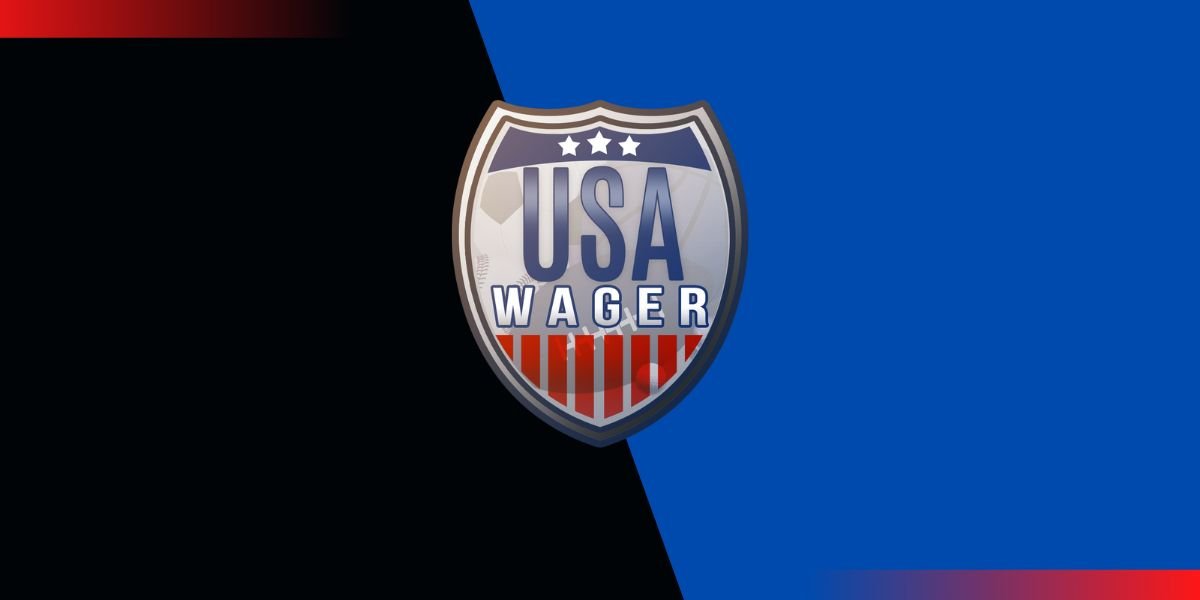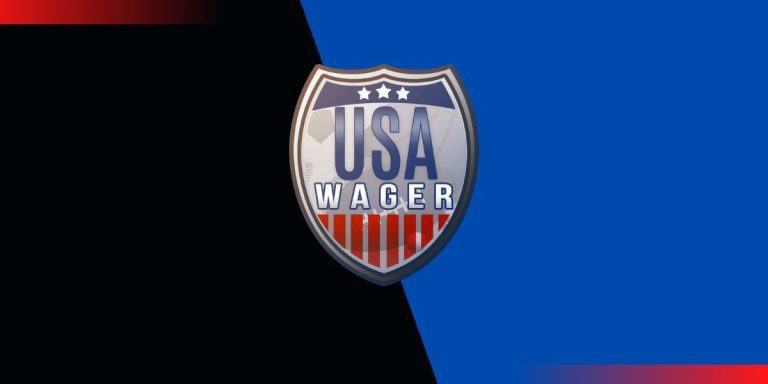Why the Transfer Portal Needs Retooling
In the spring the NCAA made the long overdue decision to allow football and men’s and women’s basketball players the freedom to transfer one time without penalty, the consequences have been unprecedented.
For years the NCAA required student-athletes competing in football or basketball to sit-out a season after transferring. Every other college sport allowed athletes to transfer without any sit-out rule. Essentially, the NCAA said that student-athletes in the three big sports shouldn’t have the same rights as regular college students. That is no longer the landscape of college sports.
What is the transfer portal?
On Oct. 15, 2018, the NCAA introduced the transfer portal, a virtual world of college athletes to explore their transfer options across college sports. Players don’t need to ask permission from their school or their coaching staff to enter the transfer portal. Instead, student athletes simply need to submit a request to their school’s NCAA compliances office to enter their name.
It takes between 24-48 hours for a player’s name to appear in the portal after submitting their request. Once a player is in the transfer portal any school across the country can recruit that player — without restriction — once their name is officially in the transfer portal.
When a player enters his name into the transfer portal it simply means that player intends to leave their original school, but it does not require the athlete to leave. Athletes are free to remove their name from the transfer portal if they choose. However, schools are not required to keep a player on scholarship once the athlete is in the transfer portal.
The 2021 transfer portal problem
According to verbal commits, there are nearly 1,700 names currently in the men’s basketball transfer portal. There are 357 Division-1 programs, quick math says that there are about 4.5 players per school in the transfer portal.
There are a couple of reasons that the transfer portal is flooded with so many names. For one, players being able to transfer without having to sit-out a year is an enticing option for many players across the country. Many in the portal could simply be looking to get closer to their families, or other personal reasons to transfer.
A second potential reason is the large number of seniors who looked to take advantage of the NCAA’s free year of eligibility provided, due to the pandemic. With an entire extra class of athletes on college campus’ more athletes are being told that they won’t get the opportunity to play that they originally expected.
Third, the transfer portal is the new shiny toy that many players might just want to experiment with.
One of those three problems is potentially the biggest problem moving forward, and it’s something that the NCAA should try to avoid. Players deciding to transfer after a successful season early in their career for reasons that don’t seem to make much sense on the surface — or with greater knowledge of the decision — should be reevaluated.
Former Illinois guard Adam Miller is an example for this. Miller started 31 games for Illinois last season and averaged 8.3 points a game while shooting 34 percent from three-point land. It was a disappointing season for the freshman, based on what his expectations were entering the season. However, deciding to transfer for the rumored personal feelings that drove the decision are a tough pill to swallow for Illinois. LSU is glad to have the former four-star prospect in Baton Rouge.
Miller is just one example of a player transferring from one Power 5 school to another for reasons that don’t seem to really add up. There are more examples across college basketball and college football too. The question now is how to fix it.
The solution
It would be premature for the NCAA to immediately try to scrap the rules in place for the transfer portal right now. They need to let it play out and they need to see if the massive wave of kids entering the transfer portal isn’t as popular in the next couple of years.
If thousands of players are still entering the transfer portal in future summers, the NCAA has to find a way to retool the portal. Players should be allowed to transfer freely, there isn’t a problem with that, but there should be a better understanding that if a player decided to enter the transfer portal that they might not end up at a school in the next season.
When that happens — and it already is happening — the athletes are no longer benefiting. It is then up to the NCAA to determine a strategy that benefits the athletes and schools.
A potential solution — if necessary — in the future is to require athletes to submit a reasoning for transfer and to have minor requirements for schools to keep availability on the roster for a player in the portal until a certain date.
Determining the correct way to move forward is important for college athletics moving into the future of college sports.


